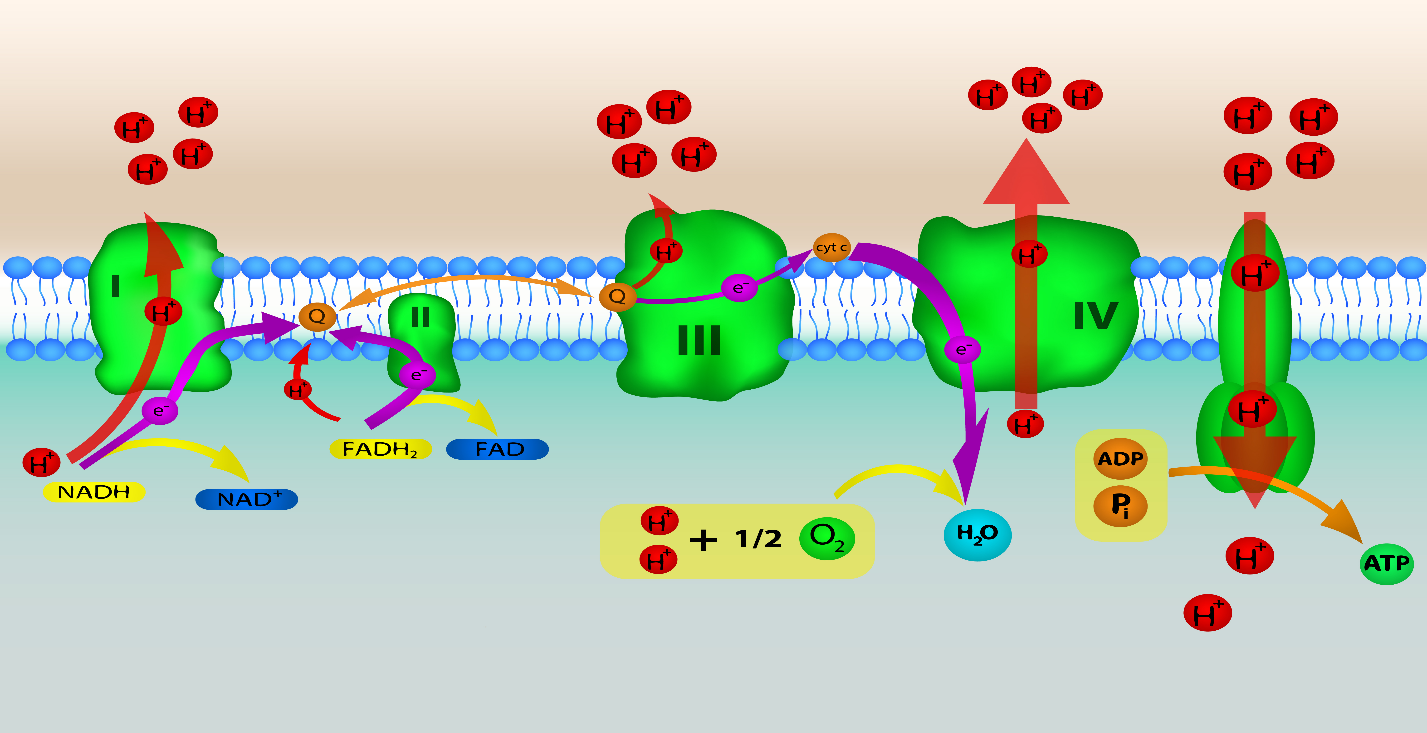Mitochondrial Disease vs Mitochondrial Dysfunction
Primary mitochondria diseases are the result of genetically inherited or spontaneous mutations in mitochondrial DNA nuclear DNA which lead to altered functions of the proteins or RNA (ribonucleic acid) molecules that normally reside in mitochondria. This results in a chronic disorder characterized by the inability of the mitochondria to produce enough energy for proper cell or organ function.

Secondary mitochondrial disease is always related to another disorder or illness which causes mitochondria to malfunction despite the normal formation of mitochondria.
Mitochondrial dysfunction can occur as a result of other diseases, environmental toxins, and drugs. This generally leads to reduced ATP production and oxidative stress. Some of the disease states where mitochondrial dysfunction has been well studied are:


SHARE THIS PAGE!